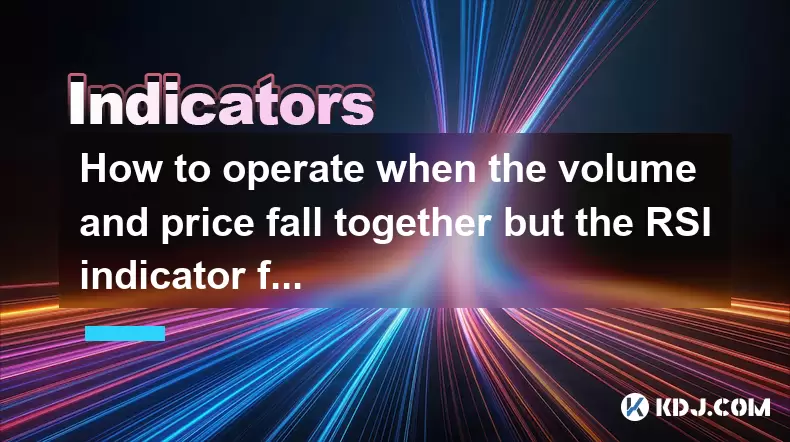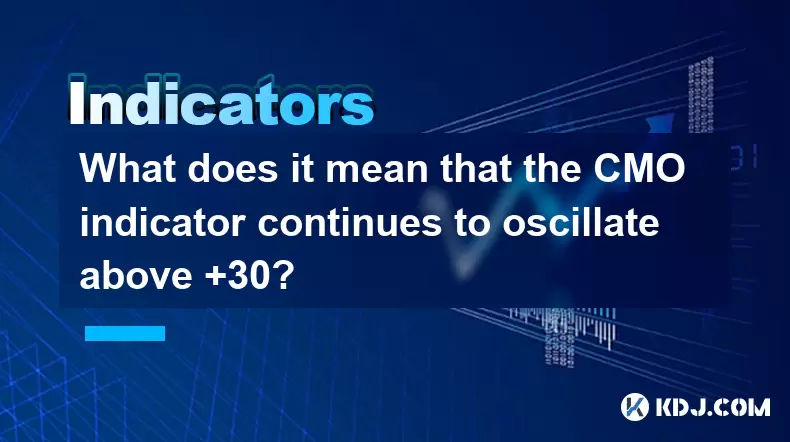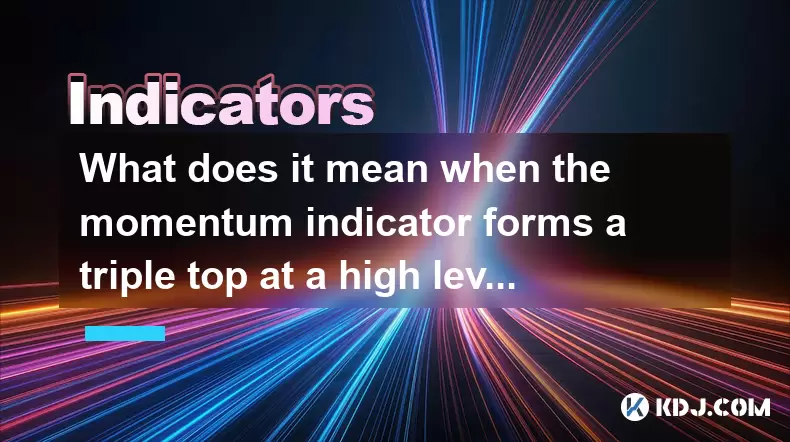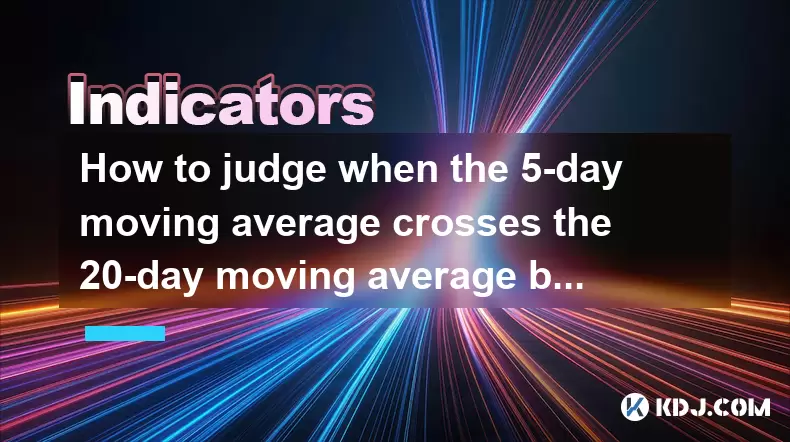-
 Bitcoin
Bitcoin $105,953.9980
3.06% -
 Ethereum
Ethereum $2,445.3292
6.68% -
 Tether USDt
Tether USDt $1.0006
-0.03% -
 XRP
XRP $2.1968
7.03% -
 BNB
BNB $643.2903
2.13% -
 Solana
Solana $144.2799
3.82% -
 USDC
USDC $1.0000
-0.03% -
 TRON
TRON $0.2739
0.49% -
 Dogecoin
Dogecoin $0.1642
4.47% -
 Cardano
Cardano $0.5834
5.49% -
 Hyperliquid
Hyperliquid $38.0741
2.80% -
 Sui
Sui $2.7741
7.56% -
 Chainlink
Chainlink $13.4107
11.26% -
 Bitcoin Cash
Bitcoin Cash $450.4828
-0.61% -
 UNUS SED LEO
UNUS SED LEO $9.1301
0.64% -
 Stellar
Stellar $0.2476
5.49% -
 Avalanche
Avalanche $18.0637
5.09% -
 Toncoin
Toncoin $2.9066
2.43% -
 Shiba Inu
Shiba Inu $0.0...01160
4.01% -
 Hedera
Hedera $0.1527
8.00% -
 Litecoin
Litecoin $84.6122
2.37% -
 Monero
Monero $317.6076
5.76% -
 Ethena USDe
Ethena USDe $1.0008
0.02% -
 Polkadot
Polkadot $3.4519
5.27% -
 Dai
Dai $1.0000
-0.03% -
 Bitget Token
Bitget Token $4.2835
5.62% -
 Uniswap
Uniswap $7.0443
9.78% -
 Pepe
Pepe $0.0...09964
7.41% -
 Pi
Pi $0.5391
4.64% -
 Aave
Aave $264.1743
11.26%
How does the AVL indicator use grid trading? How to set the spacing?
The AVL indicator enhances grid trading by providing volume insights, helping traders optimize order placement and spacing for better profitability.
May 22, 2025 at 07:00 pm

The AVL (Average Volume Line) indicator is a popular tool used in the cryptocurrency trading community to enhance the effectiveness of grid trading strategies. Grid trading involves setting up a series of buy and sell orders at predetermined price levels, creating a 'grid' of trades that aim to profit from the natural volatility of the market. The AVL indicator can significantly improve the precision and efficiency of these grids by providing insights into market trends and volume dynamics. In this article, we will explore how the AVL indicator is used in grid trading and provide detailed guidance on setting the spacing for your grid.
Understanding the AVL Indicator
The AVL indicator calculates the average volume over a specified period and plots this data on the chart. It is particularly useful in identifying periods of high and low trading activity, which can signal potential price movements. In the context of grid trading, the AVL helps traders understand when to adjust their grid settings based on market volume, which can lead to more profitable trades.
To use the AVL indicator effectively, traders should pay close attention to the following aspects:
- Volume Trends: The AVL can show whether volume is increasing or decreasing, which can indicate the strength of a trend.
- Volume Spikes: Sudden increases in volume can signal potential breakouts or reversals, which can be crucial for adjusting grid levels.
- Volume Confirmation: The AVL can confirm other indicators, such as moving averages or RSI, providing a more robust trading signal.
Integrating AVL with Grid Trading
Integrating the AVL indicator into a grid trading strategy involves using the volume data to optimize the placement and spacing of your grid orders. Here's how you can do it:
- Identify Key Volume Levels: Use the AVL to identify levels of high and low volume. High volume levels often indicate strong support or resistance, which are ideal for placing grid orders.
- Adjust Grid Levels: Based on the volume data, adjust the levels of your grid orders to align with areas of high trading activity. This can increase the likelihood of your orders being filled.
- Monitor Volume Changes: Continuously monitor the AVL to see if volume trends are changing, which may require you to adjust your grid settings accordingly.
Setting the Spacing in Grid Trading
Setting the correct spacing for your grid is crucial for the success of your trading strategy. The spacing refers to the distance between each buy and sell order in your grid. Here are the steps to set the spacing effectively:
- Determine Market Volatility: Use historical data and volatility indicators like the ATR (Average True Range) to assess the market's volatility. Higher volatility may require wider spacing to avoid frequent triggering of orders.
- Consider Asset Price: The price of the asset you are trading can influence the spacing. For higher-priced assets, you might need larger spacing to account for larger price movements.
- Align with Volume Data: Use the AVL to align your grid spacing with areas of high volume. If the AVL shows significant volume at certain price levels, consider setting your grid orders around these levels.
Practical Example of Setting Grid Spacing with AVL
Let's walk through a practical example of how to set up a grid trading strategy using the AVL indicator to determine the spacing:
- Analyze the AVL: Look at the AVL on your chart to identify areas of high and low volume. Suppose the AVL shows a significant volume spike at $50,000 for Bitcoin.
- Set Initial Grid Levels: Based on the volume data, you decide to set your initial buy order at $49,500 and your initial sell order at $50,500, creating a $1,000 spacing.
- Adjust Spacing: If the AVL indicates that volume is consistently high around these levels, you might decide to increase the number of grid orders within this range, perhaps setting additional buy orders at $49,000 and $48,500, and sell orders at $51,000 and $51,500.
- Monitor and Adjust: Continuously monitor the AVL for any changes in volume. If volume decreases significantly at $50,000, you might need to adjust your grid levels to align with new areas of high volume.
Using AVL to Optimize Grid Trading Performance
The AVL indicator can be a powerful tool for optimizing the performance of your grid trading strategy. Here are some additional tips for using AVL effectively:
- Volume-Based Order Sizing: Adjust the size of your orders based on volume levels. Higher volume areas might warrant larger order sizes to capitalize on increased trading activity.
- Dynamic Grid Adjustments: Use the AVL to make dynamic adjustments to your grid. If volume shifts to different price levels, consider moving your grid orders to align with these new areas.
- Combining with Other Indicators: Combine the AVL with other technical indicators to create a more comprehensive trading strategy. For example, using the AVL alongside moving averages can help confirm trend directions and volume patterns.
Implementing Grid Trading with AVL on a Trading Platform
To implement a grid trading strategy using the AVL indicator on a trading platform, follow these steps:
- Choose a Platform: Select a trading platform that supports grid trading and the AVL indicator. Popular platforms like Binance, Kraken, and TradingView offer these features.
- Add AVL Indicator: Add the AVL indicator to your chart. Most platforms allow you to customize the period over which the AVL is calculated.
- Set Up Grid Orders: Use the platform's grid trading tool to set up your buy and sell orders. Adjust the spacing based on the volume data provided by the AVL.
- Monitor and Adjust: Continuously monitor the AVL and adjust your grid orders as needed. Most platforms offer real-time data and alerts to help you stay on top of market changes.
Frequently Asked Questions
Q1: Can the AVL indicator be used for other trading strategies besides grid trading?
Yes, the AVL indicator can be used in various trading strategies beyond grid trading. It is particularly useful in volume-based strategies, such as volume-weighted average price (VWAP) trading, and can help confirm trends in trend-following strategies.
Q2: How often should I adjust my grid based on the AVL indicator?
The frequency of adjustments depends on market conditions and the specific asset you are trading. In highly volatile markets, you might need to adjust your grid daily or even more frequently. In more stable markets, weekly adjustments might be sufficient. Always monitor the AVL closely to make informed decisions.
Q3: Are there any risks associated with using the AVL indicator in grid trading?
Like any trading strategy, using the AVL indicator in grid trading comes with risks. One risk is over-reliance on volume data, which can sometimes be misleading. Additionally, market conditions can change rapidly, and if you do not adjust your grid promptly, you might miss out on profitable opportunities or incur losses.
Q4: Can I use the AVL indicator on all cryptocurrency exchanges?
Not all cryptocurrency exchanges support the AVL indicator or grid trading. Before implementing this strategy, ensure that your chosen exchange offers these features. Popular exchanges like Binance and Kraken do support both, but it's always best to check first.
Disclaimer:info@kdj.com
The information provided is not trading advice. kdj.com does not assume any responsibility for any investments made based on the information provided in this article. Cryptocurrencies are highly volatile and it is highly recommended that you invest with caution after thorough research!
If you believe that the content used on this website infringes your copyright, please contact us immediately (info@kdj.com) and we will delete it promptly.
- BlockDAG: The Cryptocurrency ROI Revolution
- 2025-06-25 06:45:12
- Layer 1 Crypto Token Presales: What's Hot in the NYC Crypto Scene?
- 2025-06-25 06:30:12
- Ethereum, Investors, and Memecoins: A Wild Ride on the Crypto Coaster
- 2025-06-25 06:30:12
- SEI Price Explodes: Is This Just the Beginning?
- 2025-06-25 07:05:13
- Meme Coins Mania: Arctic Pablo and the Hunt for Presale Gains
- 2025-06-25 06:50:13
- Mark Cuban, Meme Coins, and Scams: A Cautionary Tale
- 2025-06-25 07:05:13
Related knowledge

How to operate when the volume and price fall together but the RSI indicator forms a bottom divergence?
Jun 25,2025 at 04:29am
Understanding the Concept of RSI Bottom DivergenceWhen analyzing cryptocurrency price charts, traders often rely on technical indicators to spot potential reversals. One such signal is a bottom divergence in the Relative Strength Index (RSI). This occurs when the price makes a new low, but the RSI does not confirm that low and instead forms a higher low...

What does it mean that the CMO indicator continues to oscillate above +30?
Jun 25,2025 at 03:29am
Understanding the CMO IndicatorThe Chande Momentum Oscillator (CMO) is a technical analysis tool developed by Tushar Chande to measure momentum in financial markets. In cryptocurrency trading, the CMO helps traders identify overbought or oversold conditions and potential trend reversals. The oscillator ranges from -100 to +100, with values above zero in...

What does it mean that the ATR indicator suddenly doubles after hitting a new low this year?
Jun 24,2025 at 11:57pm
Understanding the ATR IndicatorThe Average True Range (ATR) is a technical analysis indicator used to measure market volatility. Developed by J. Welles Wilder, ATR calculates the average price range between a security’s high and low over a specific period—typically 14 periods. It does not indicate the direction of price movement but rather how volatile ...

What does it mean when the momentum indicator forms a triple top at a high level?
Jun 25,2025 at 03:15am
Understanding the Momentum Indicator in Cryptocurrency TradingThe momentum indicator is a widely used technical analysis tool that measures the rate of change in price movements over a specified period. In cryptocurrency trading, where volatility is high and trends can reverse rapidly, this indicator helps traders identify potential trend reversals or c...

How to judge when the 5-day moving average crosses the 20-day moving average but the RSI shows a top divergence?
Jun 25,2025 at 06:28am
Understanding the Basics of Moving Averages and RSIIn technical analysis, moving averages are essential tools used to identify trends in price movements. The 5-day moving average (MA) is a short-term indicator that reflects recent price action, while the 20-day MA offers a broader perspective over a longer period. When these two lines intersect, it's kn...

What does the divergence between the volatility indicator and the price indicate?
Jun 25,2025 at 06:07am
Understanding the Volatility IndicatorThe volatility indicator is a technical analysis tool used to measure the rate and magnitude of price movements in financial markets, including cryptocurrencies. It helps traders assess whether a market is experiencing high or low volatility, which can influence trading decisions. Common types of volatility indicato...

How to operate when the volume and price fall together but the RSI indicator forms a bottom divergence?
Jun 25,2025 at 04:29am
Understanding the Concept of RSI Bottom DivergenceWhen analyzing cryptocurrency price charts, traders often rely on technical indicators to spot potential reversals. One such signal is a bottom divergence in the Relative Strength Index (RSI). This occurs when the price makes a new low, but the RSI does not confirm that low and instead forms a higher low...

What does it mean that the CMO indicator continues to oscillate above +30?
Jun 25,2025 at 03:29am
Understanding the CMO IndicatorThe Chande Momentum Oscillator (CMO) is a technical analysis tool developed by Tushar Chande to measure momentum in financial markets. In cryptocurrency trading, the CMO helps traders identify overbought or oversold conditions and potential trend reversals. The oscillator ranges from -100 to +100, with values above zero in...

What does it mean that the ATR indicator suddenly doubles after hitting a new low this year?
Jun 24,2025 at 11:57pm
Understanding the ATR IndicatorThe Average True Range (ATR) is a technical analysis indicator used to measure market volatility. Developed by J. Welles Wilder, ATR calculates the average price range between a security’s high and low over a specific period—typically 14 periods. It does not indicate the direction of price movement but rather how volatile ...

What does it mean when the momentum indicator forms a triple top at a high level?
Jun 25,2025 at 03:15am
Understanding the Momentum Indicator in Cryptocurrency TradingThe momentum indicator is a widely used technical analysis tool that measures the rate of change in price movements over a specified period. In cryptocurrency trading, where volatility is high and trends can reverse rapidly, this indicator helps traders identify potential trend reversals or c...

How to judge when the 5-day moving average crosses the 20-day moving average but the RSI shows a top divergence?
Jun 25,2025 at 06:28am
Understanding the Basics of Moving Averages and RSIIn technical analysis, moving averages are essential tools used to identify trends in price movements. The 5-day moving average (MA) is a short-term indicator that reflects recent price action, while the 20-day MA offers a broader perspective over a longer period. When these two lines intersect, it's kn...

What does the divergence between the volatility indicator and the price indicate?
Jun 25,2025 at 06:07am
Understanding the Volatility IndicatorThe volatility indicator is a technical analysis tool used to measure the rate and magnitude of price movements in financial markets, including cryptocurrencies. It helps traders assess whether a market is experiencing high or low volatility, which can influence trading decisions. Common types of volatility indicato...
See all articles
























































































